Geological studies and land management
In Italy the necessity to restore situations of severe environmental damage is regulated by D.Lgs 152/2006 and subsequent modifications and additions. Besides covering the remediation and environmental restoration of contaminated sites, it defines procedures, criteria and methods to carry out the essential operations to eliminate or at least reduce the concentration of pollutants.
The current legislative framework also defines reference standards regarding the development of activities aimed at detecting, within a specific site, evidence of soil, subsoil and groundwater contamination.
In case of events able to severely harm the site, pollutant concentration is measured to determine whether or not the Contamination Threshold Concentrations (CTCs) are exceeded in the environmental matrices.
In a first stage it is important to distinguish between:
• Potentially contaminated sites;
• Effectively contaminated sites.
Through sampling and analytical tests conducted on soil and/or groundwater samples the site qualifies as a potentially contaminated when CTCs are overtaken.
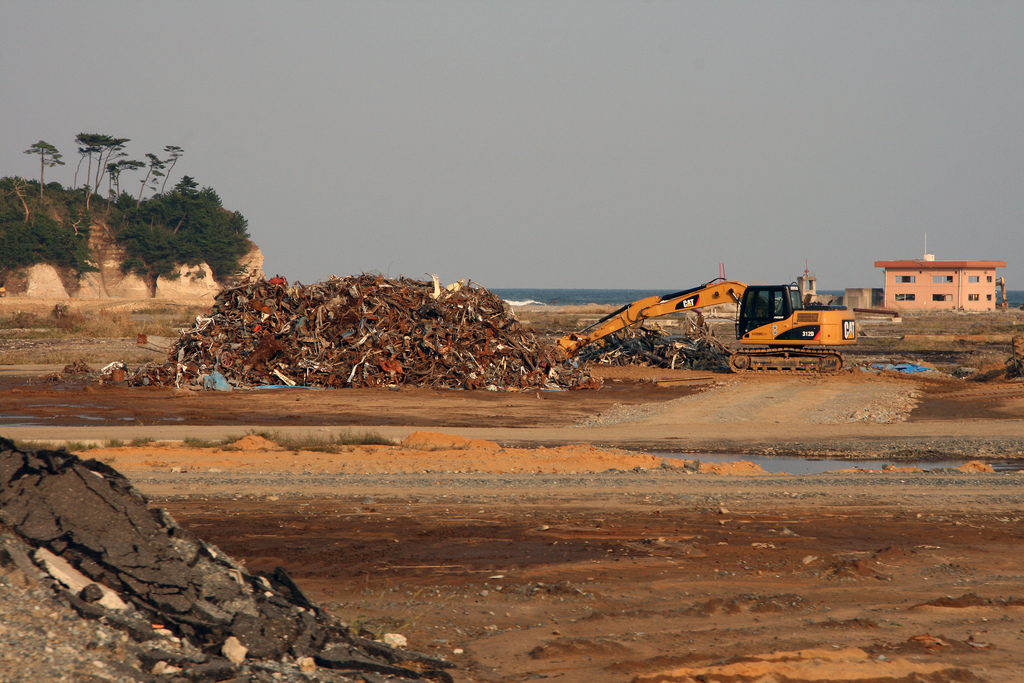
Thanks to the environmental characterization performed on the potentially contaminated area (which includes all the investigations to be carried out, from sampling of various environmental matrices up to analytical inspections and elaboration models) the conceivable pollution situation of soil and groundwater is ensured thus determining its source and evaluating the resulting health and environmental risk.
If the concentration of pollutants turns out to be higher than the Risk Threshold Concentration (RTCs) established on the basis of characterization plan results and risk analysis procedure the site is classified as contaminated.
Once the contaminants and their sources, migration routes and possible targets have been identified, the conventional solutions are:
• Development of Remediation Plans ( defined as the set of interventions aimed at eliminating pollutants and contamination sources or at reducing their concentration to levels lower than the limits specified by law);
• Operational Safety Commissioning for actual areas ( defined as a set of actions taken in order to ensure an adequate level of safety for the environment and for the people, pending further measures like Permanent Safety Commissioning or Remediation to be realized when the site activities are completed);
• Permanent Safety Commissioning regarding sites where production activity has ceased and Remediation is technically and/or economically unfeasible.
VDP provides environmental consulting services to define the levels of contamination and the possible measures to take in order to assure site safety commissioning and guarantees assistance to public and private institutions in all the technical and administrative procedures.
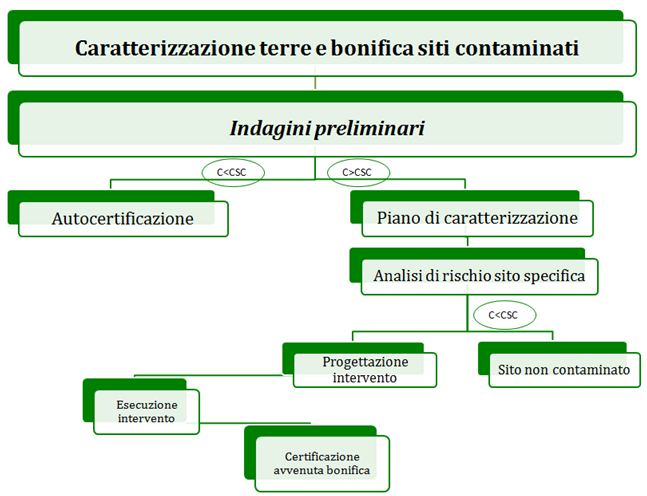
VDP is able to assist its Clients during the entire process of remediation of contaminated sites, from the preliminary investigation to the planning of safety and reclamation actions.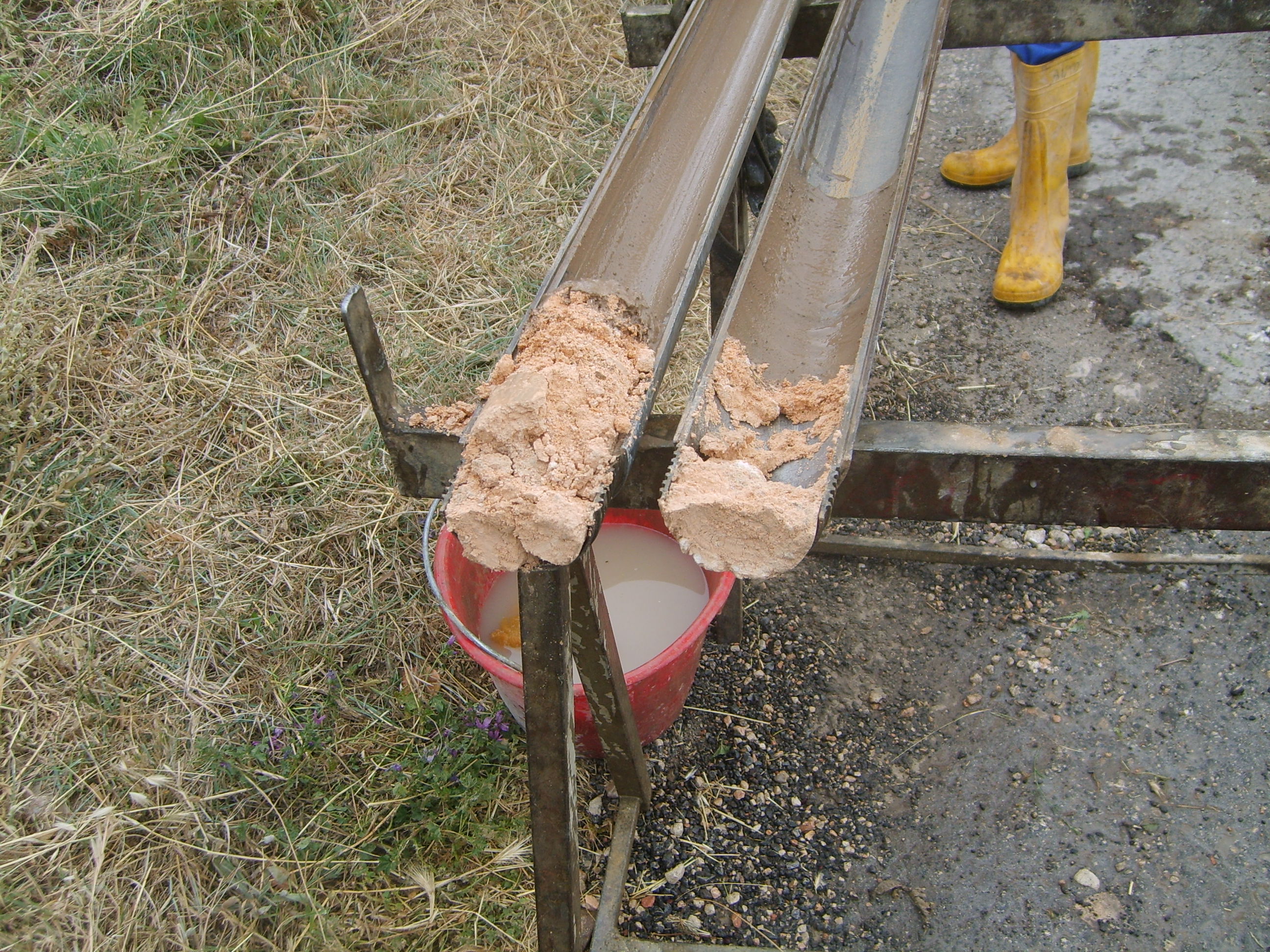
The activities are developed in compliance with the existing regulatory framework and managing the relationships with Control Authorities .
Our company provides services for all types of site and for soil, subsoil and water components, operating in accordance with all applicable national and local rules.
The services offered by VDP in the field of environmental remediation are:
- Preliminary investigation;
- Development of the conceptual model of the site;
- Direct or indirect investigations ;
- Geological, hydrogeological and geotechnical surveys;
- Laboratory analysis;
- Design and implementation of safety measures, preventive or remedial measures;
- Characterization plan;
- Site – specific risk analysis ;
- Operative project of remediation;
- Monitoring plan;
- Assistance with Control Authorities.
The first actions needed are the delimitation of the area (critical to precisely define the areas that will be object of work) and the environmental characterization (characterization plan) aimed at defining in detail the qualitative status of environmental contamination of the areas.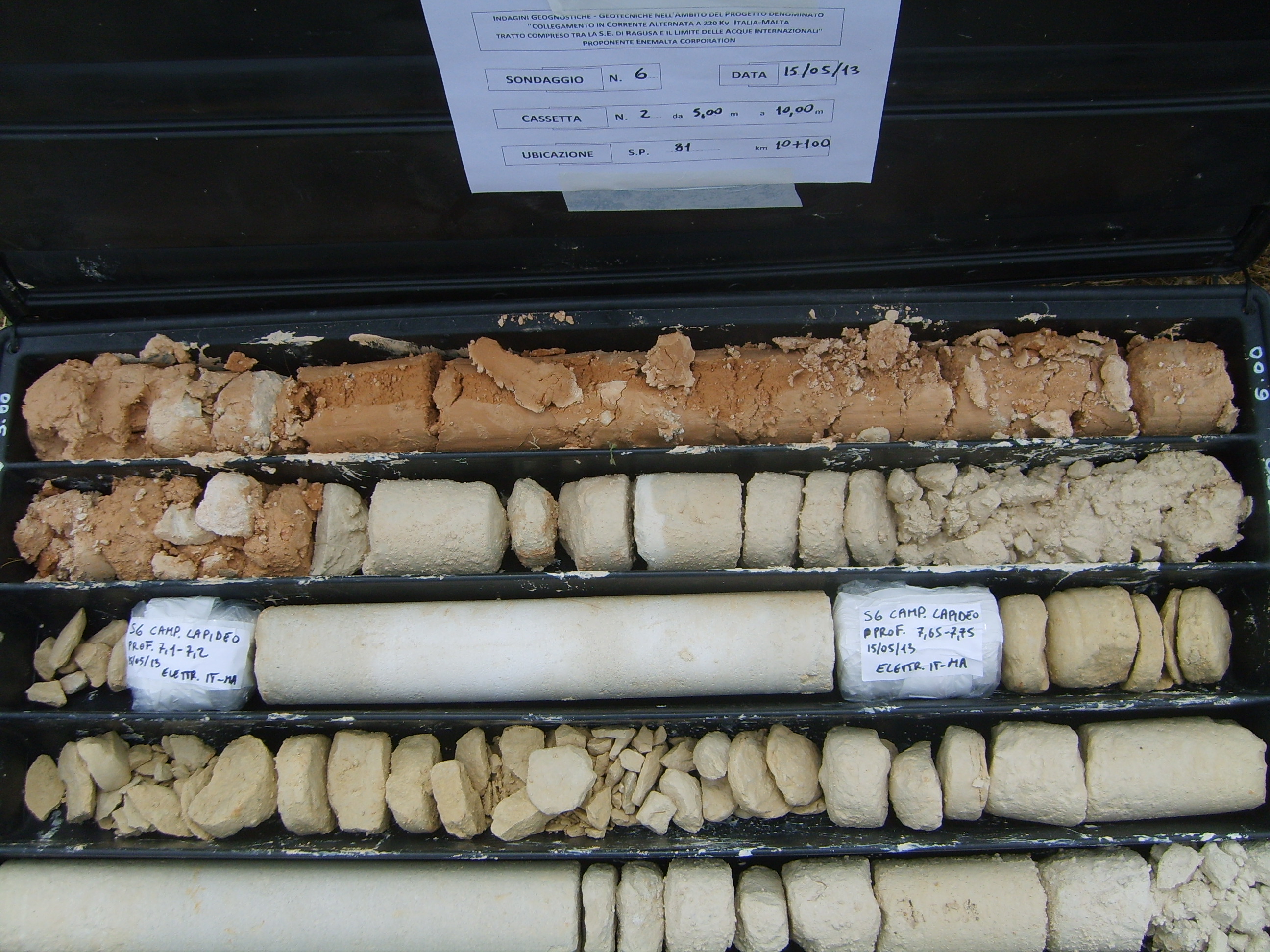
After these activities, through site-specific Risk Analysis, Risk Threshold Concentrations are defined. As per current regulations, as mentioned, a site is considered “contaminated” when it is determined the overcome, for one or more pollutants, of Risk Threshold Concentrations.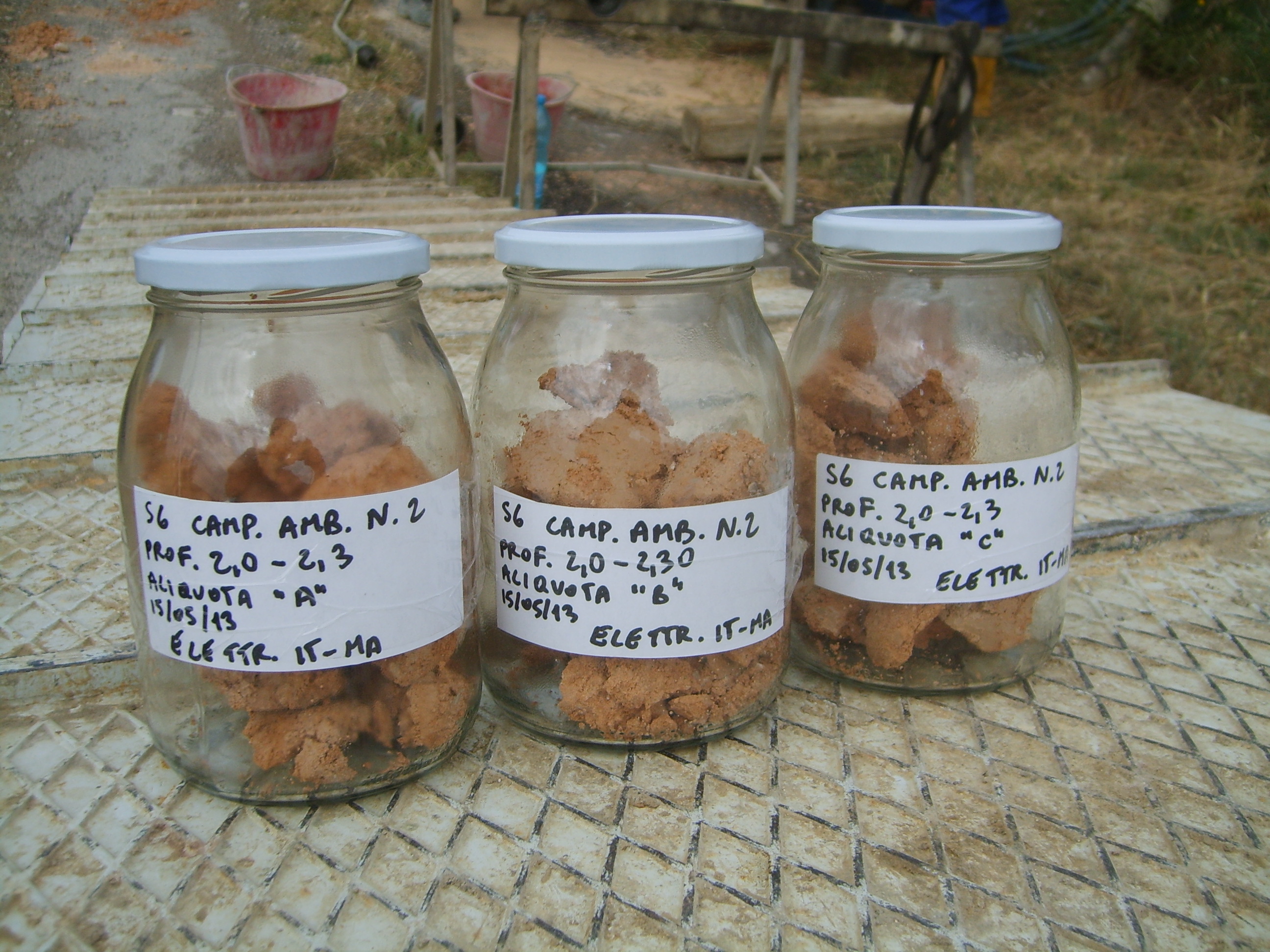
The health and environmental risk analysis adopts mathematical models to calculate the risks for human health related to the presence of pollutants in the environment.
After the exam of industrial activities (and of raw materials utilized) and production cycles on the site, and at the end of field and laboratory surveys investigations, the results of chemical and physical analysis are integrated with geological, hydrogeological and chemicals results .
It is therefore developed a model for the identification of sources of contamination, migration paths of contaminants and possible human and environmental receptors.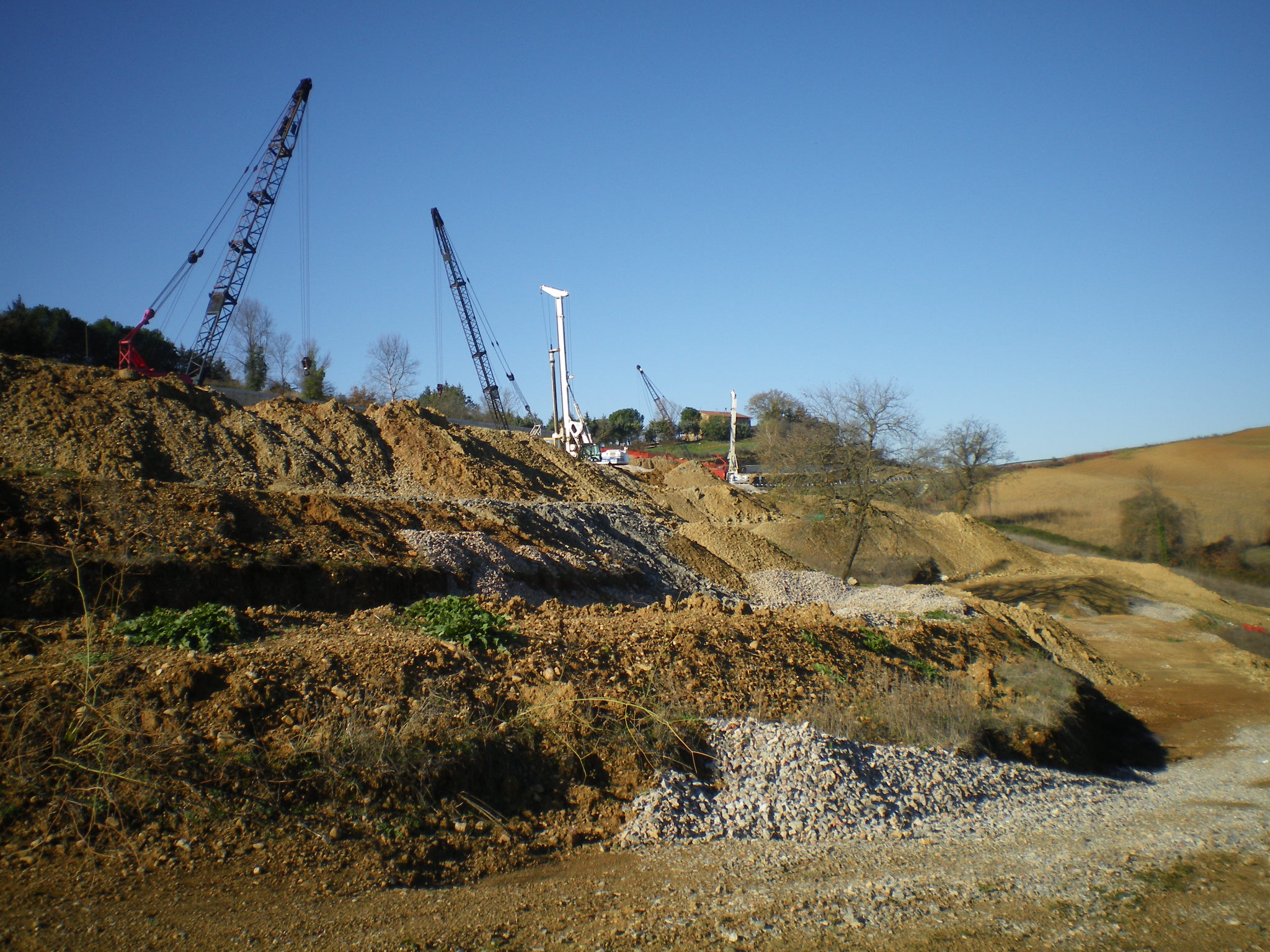
The dynamics of the event of contamination for the various environmental components is reproduced based on the aforementioned analysis.This is particularly important in order to prepare a list of priority actions on the site, assess the need for emergency response, prepare new survey campaigns and finally properly organize the remediation / safety activity.
The primary objective of VDP is the support to private operators and public bodies in the design and implementation of remediation activities on a potentially contaminated site . The activities range from the identification of the extension of the interested area, the volume of contaminated soil, the relevant features of the anthropic and natural context, up to the definition of the level of pollution of different environmental components, of exposure paths and of the characteristics of the population on which effects of pollution could be observed.
Implementing this strategy, VDP assists the Client up to the obtainment of the certification of successful remediation.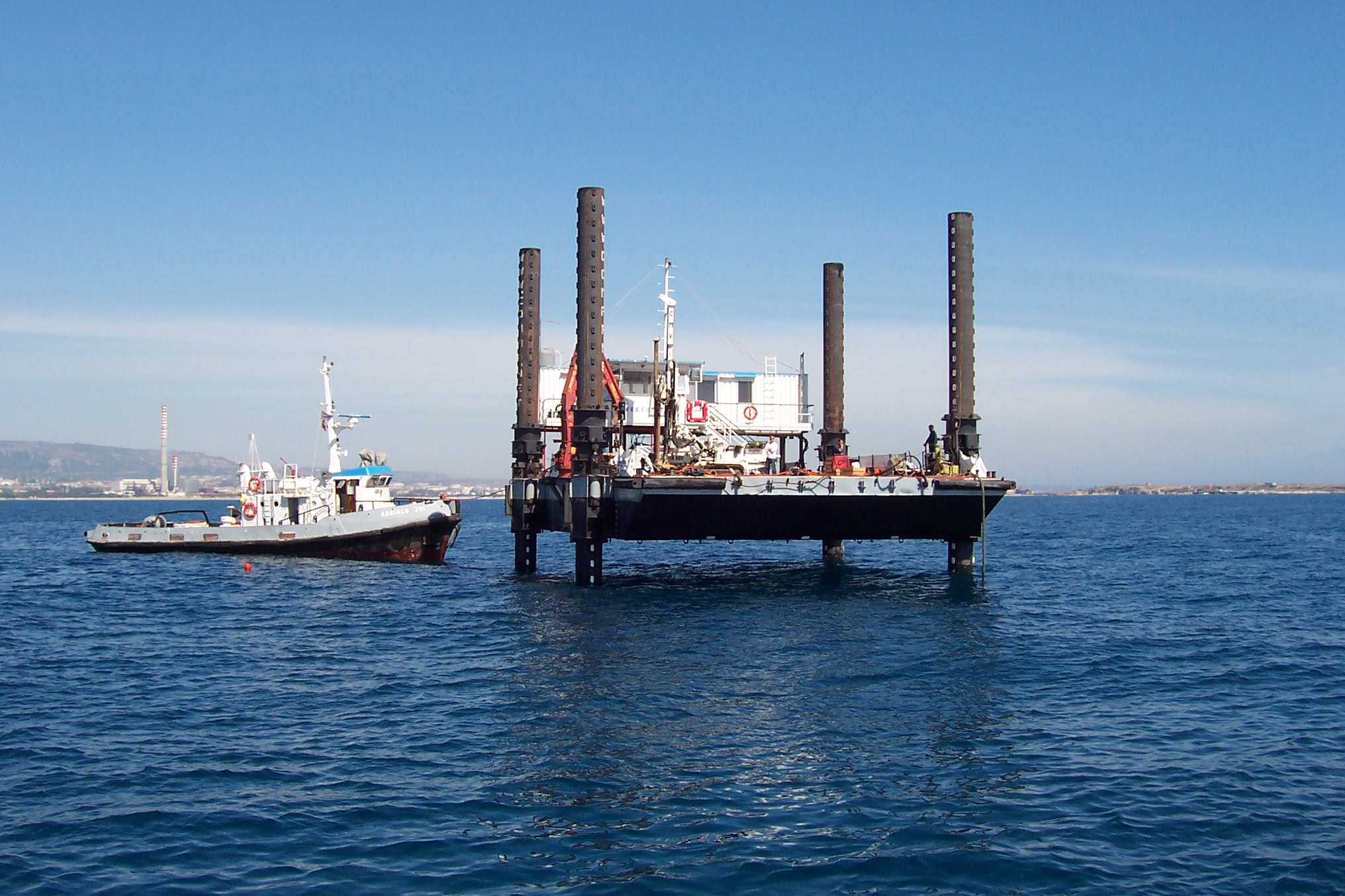
-
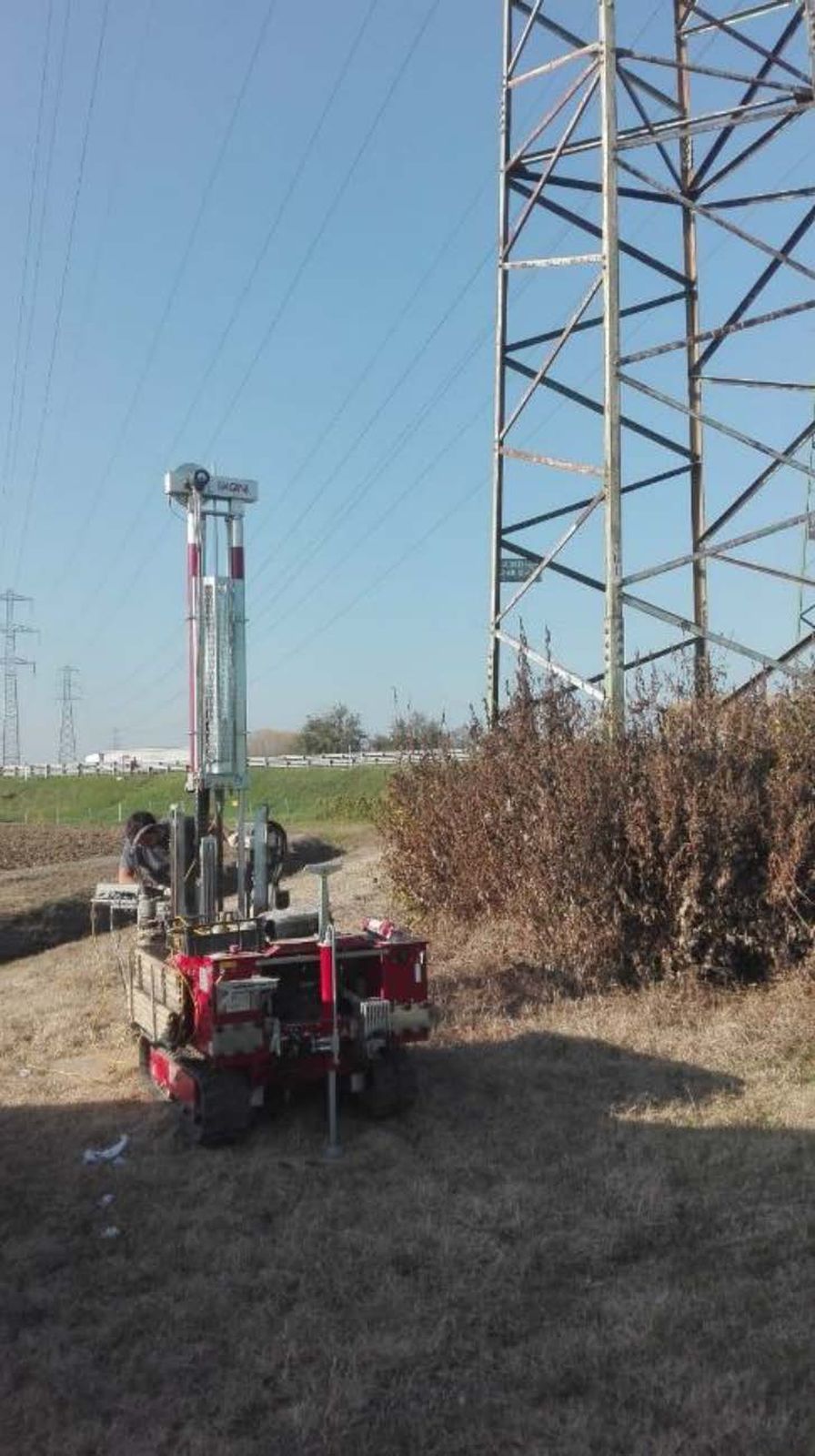 Geology framework agreement – TernaSettore: Energy Infrastructures
Geology framework agreement – TernaSettore: Energy Infrastructures -
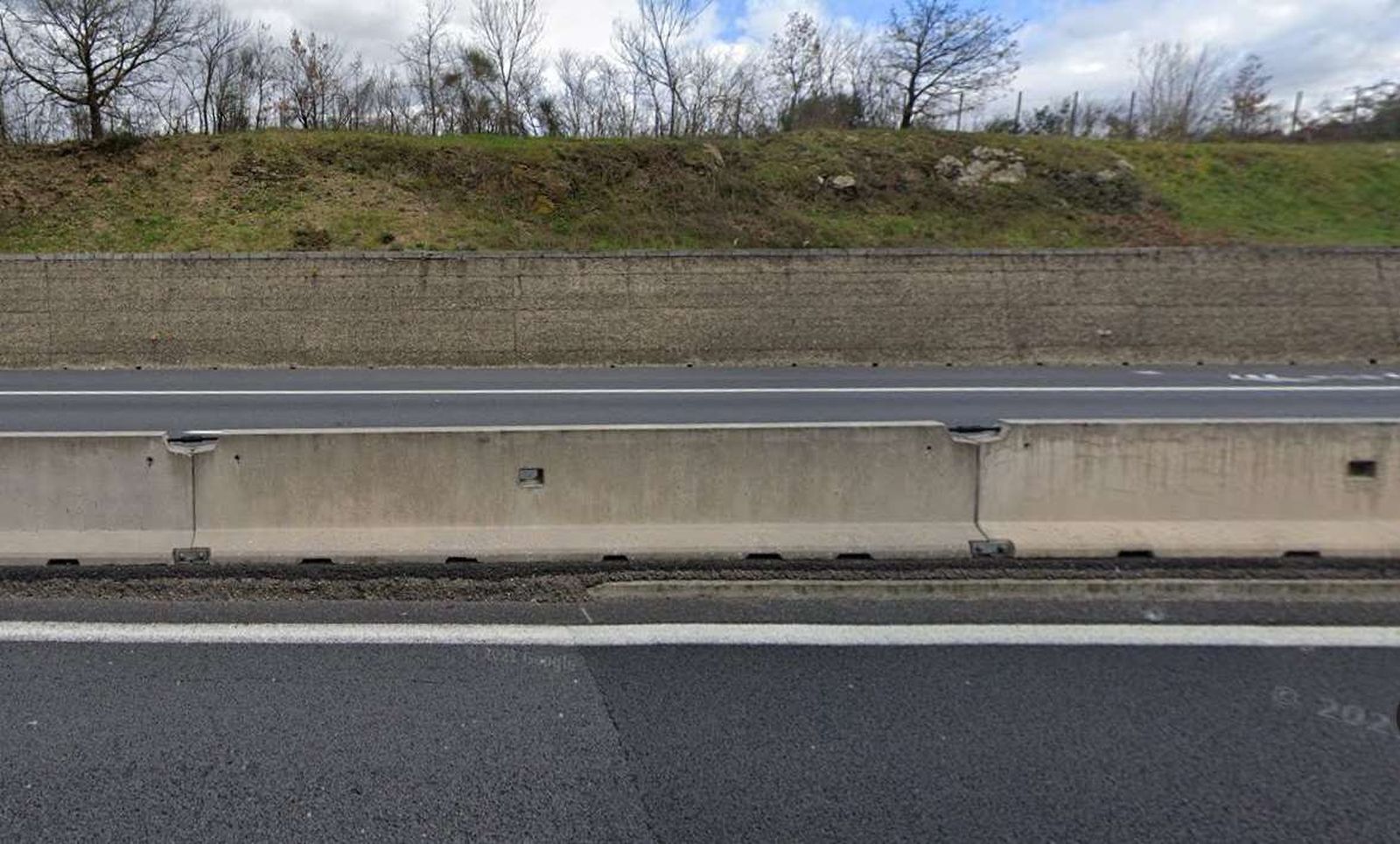 Requalification of Safety Barriers A01/A11 – ASPISettore: Roads & Highways
Requalification of Safety Barriers A01/A11 – ASPISettore: Roads & Highways -
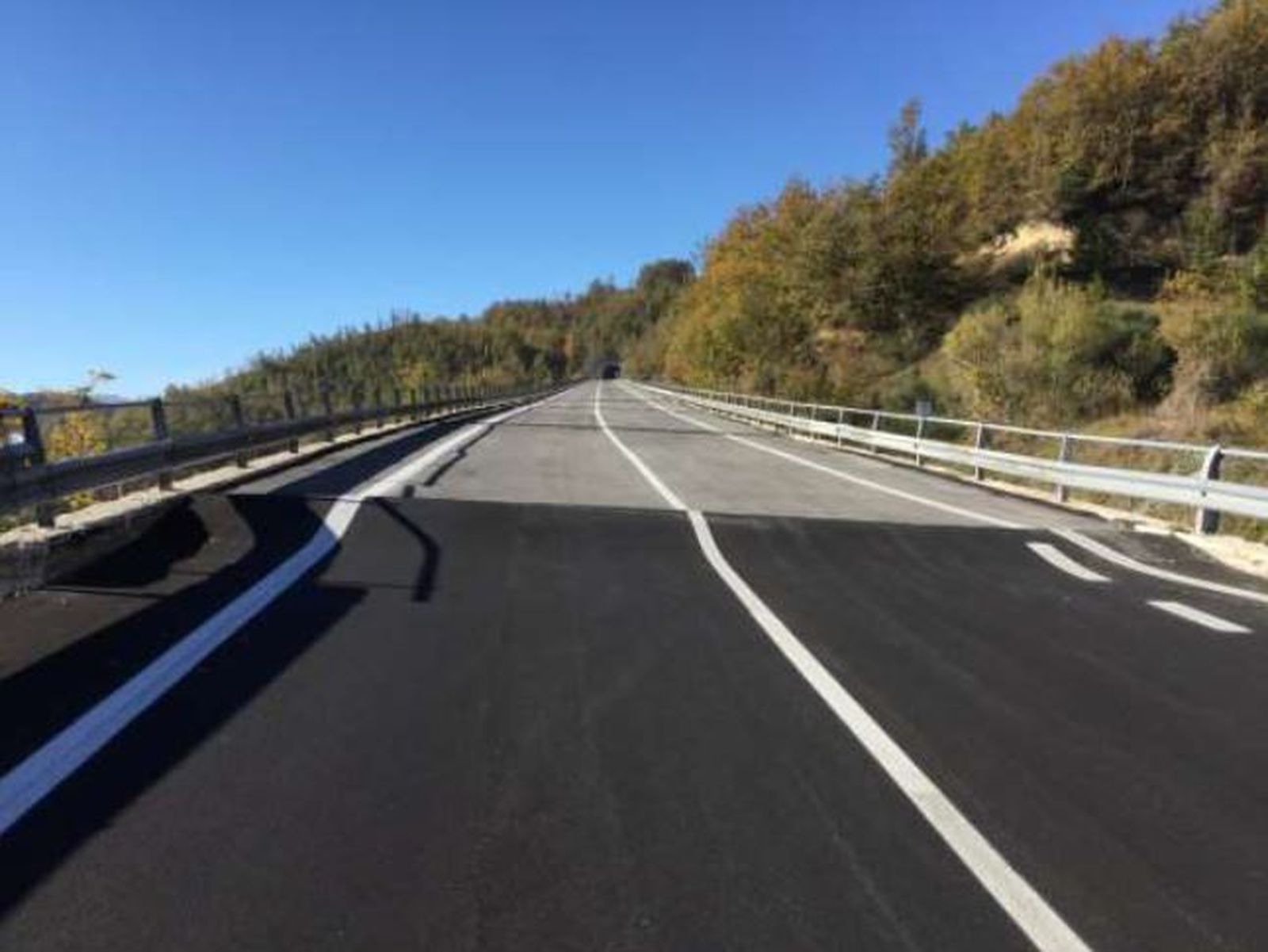 Road repair plan S.S. 685 – ANAS MARCHESettore: Roads & Highways
Road repair plan S.S. 685 – ANAS MARCHESettore: Roads & Highways -
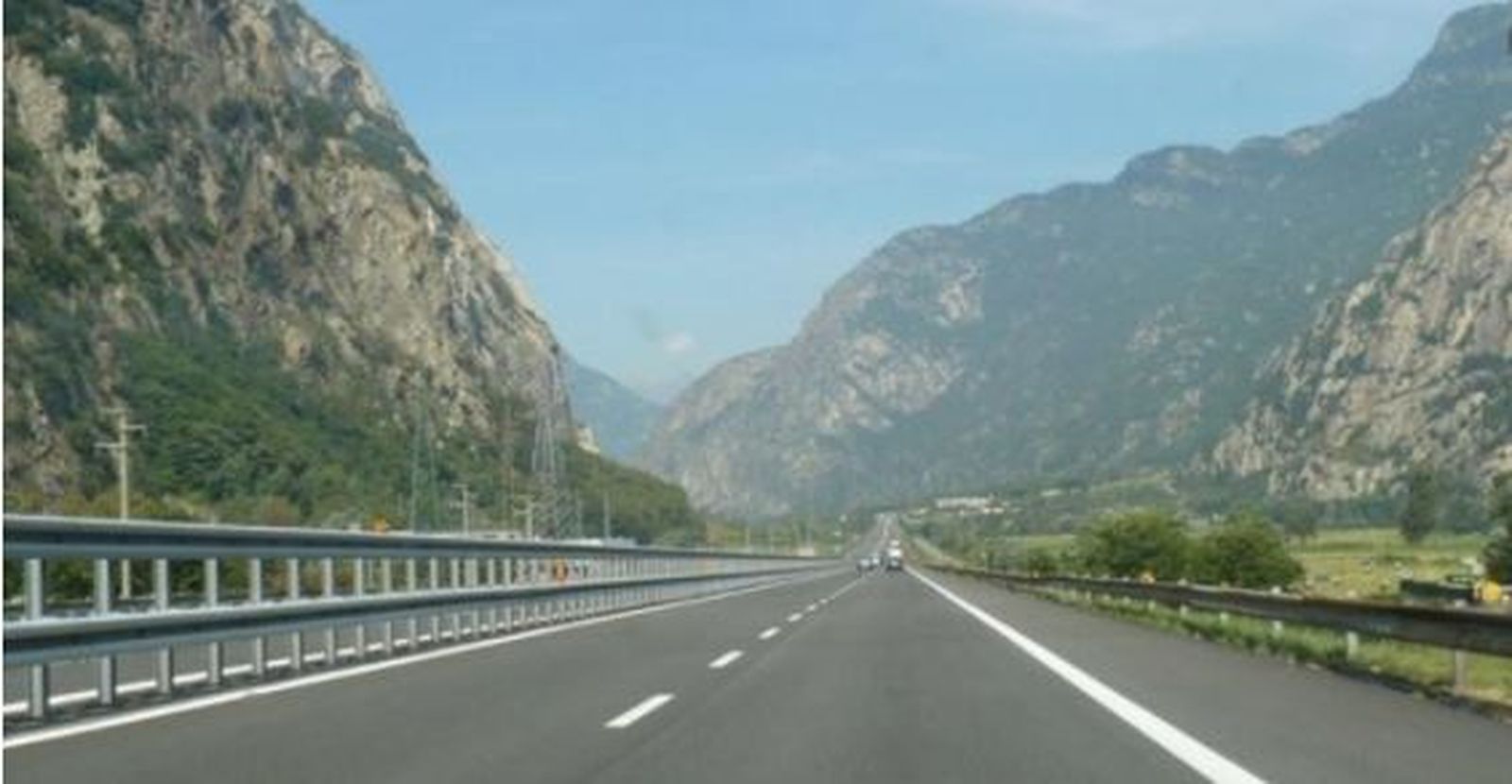 Redevelopment plan of security barriers Ante DM 223/92Settore: Roads & Highways
Redevelopment plan of security barriers Ante DM 223/92Settore: Roads & Highways -
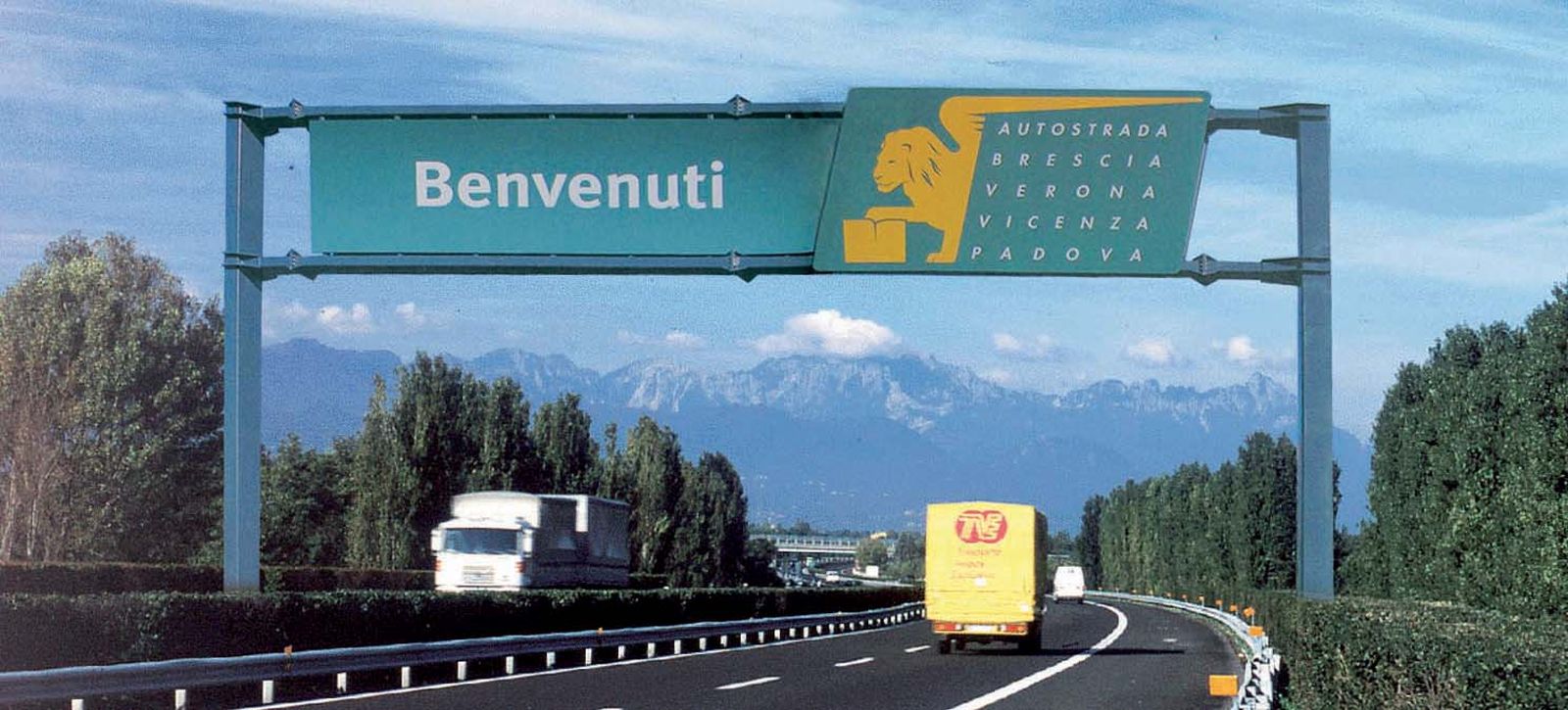 Framework Contract for the Brescia-Padua MotorwaySettore: Roads & Highways
Framework Contract for the Brescia-Padua MotorwaySettore: Roads & Highways -
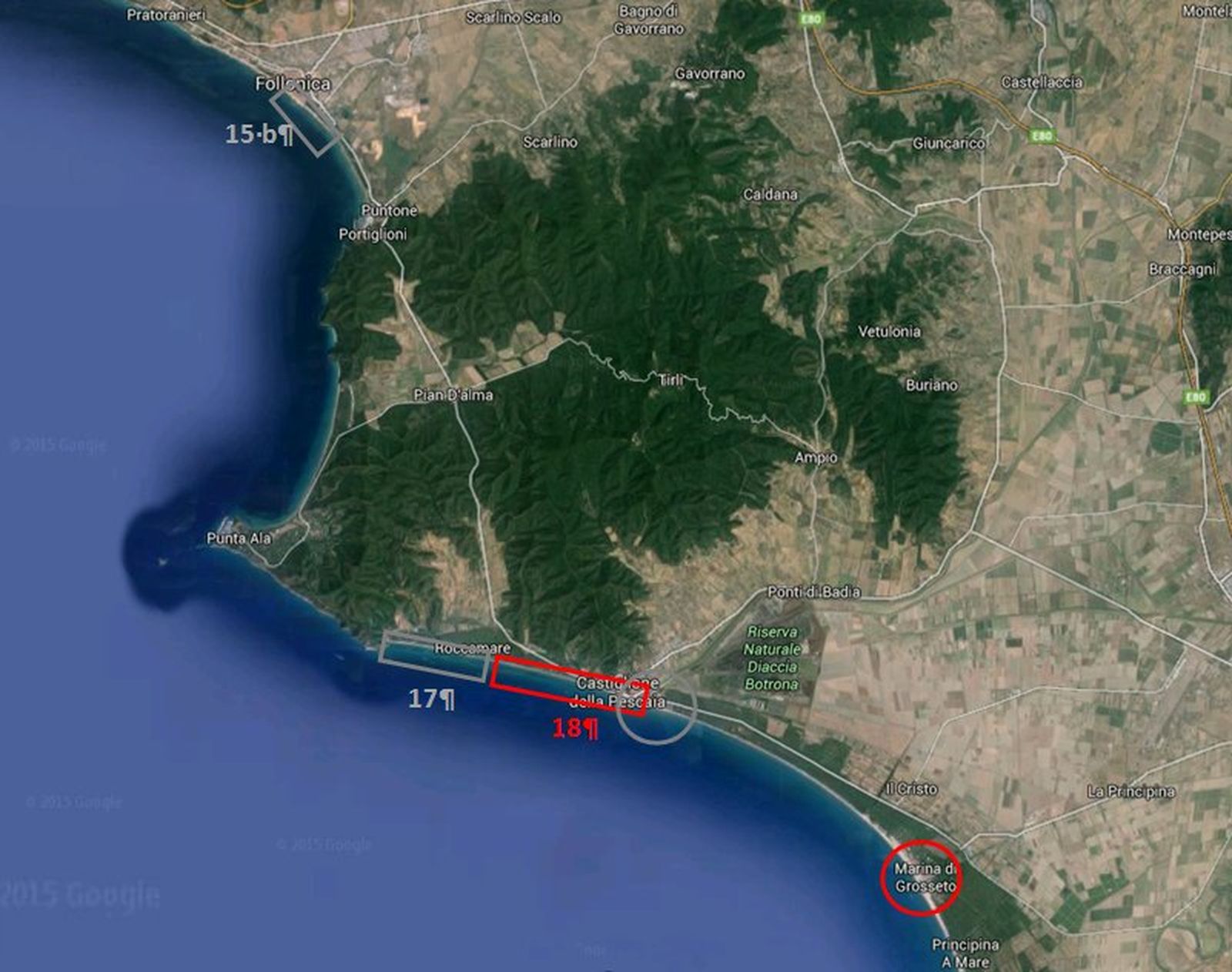 Coastal sand characterization – Province of GrossetoSettore: Public Administrations
Coastal sand characterization – Province of GrossetoSettore: Public Administrations -
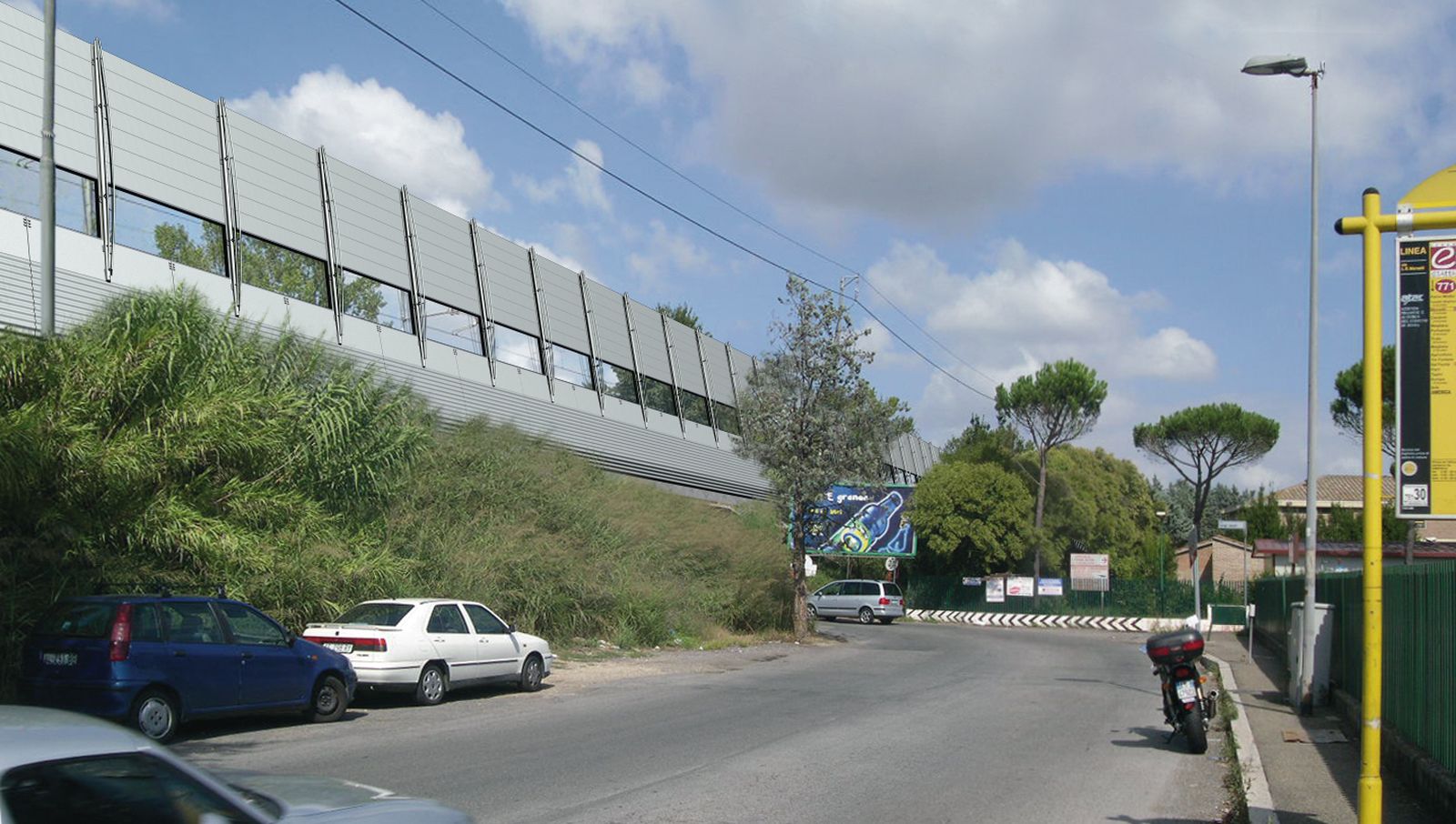 Roma-Fiumicino Airport Railway LineSettore: Railways & Station
Roma-Fiumicino Airport Railway LineSettore: Railways & Station -
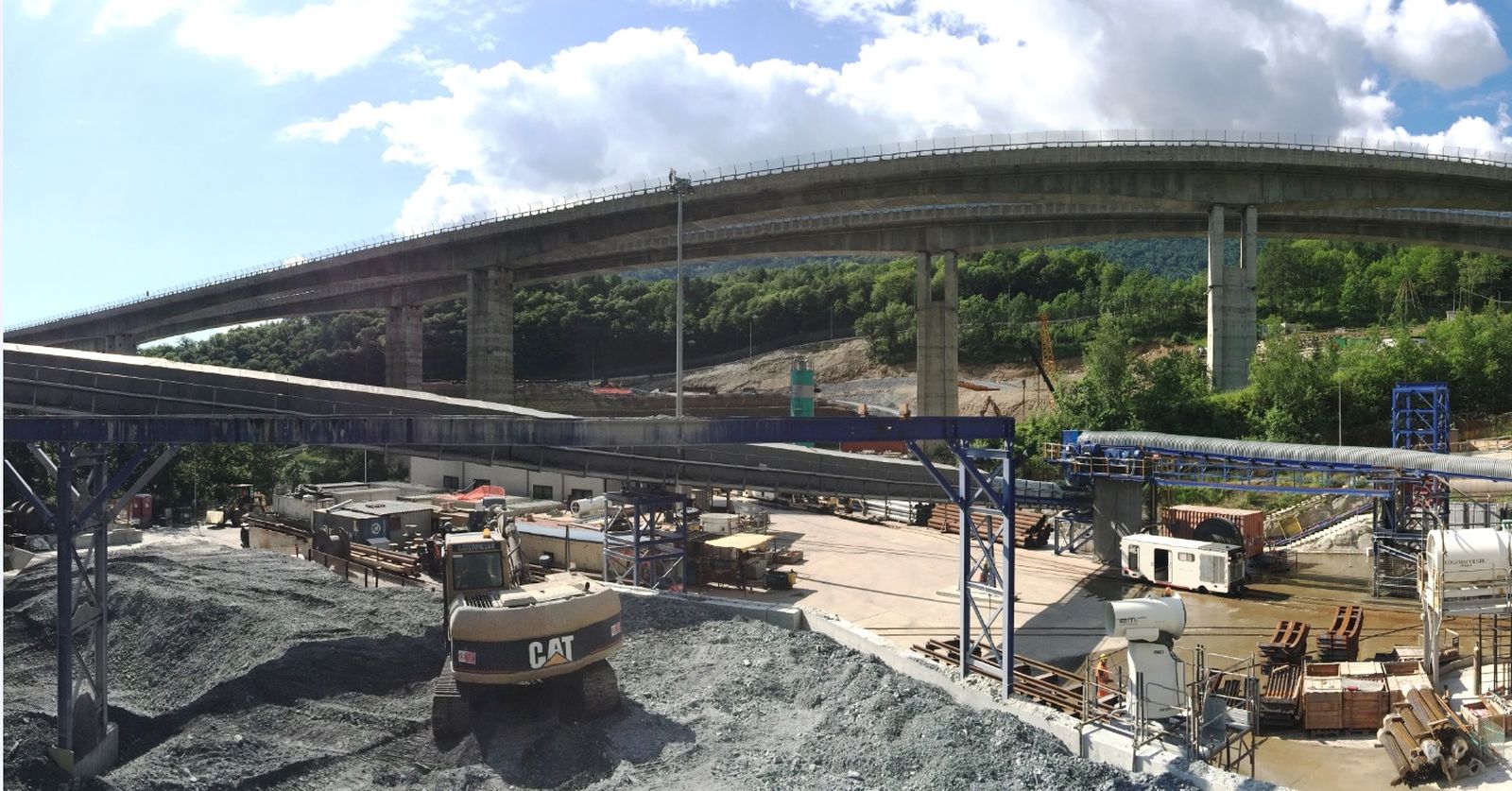 Turin–Lyon High Speed Railway LineSettore: Railways & Station
Turin–Lyon High Speed Railway LineSettore: Railways & Station -
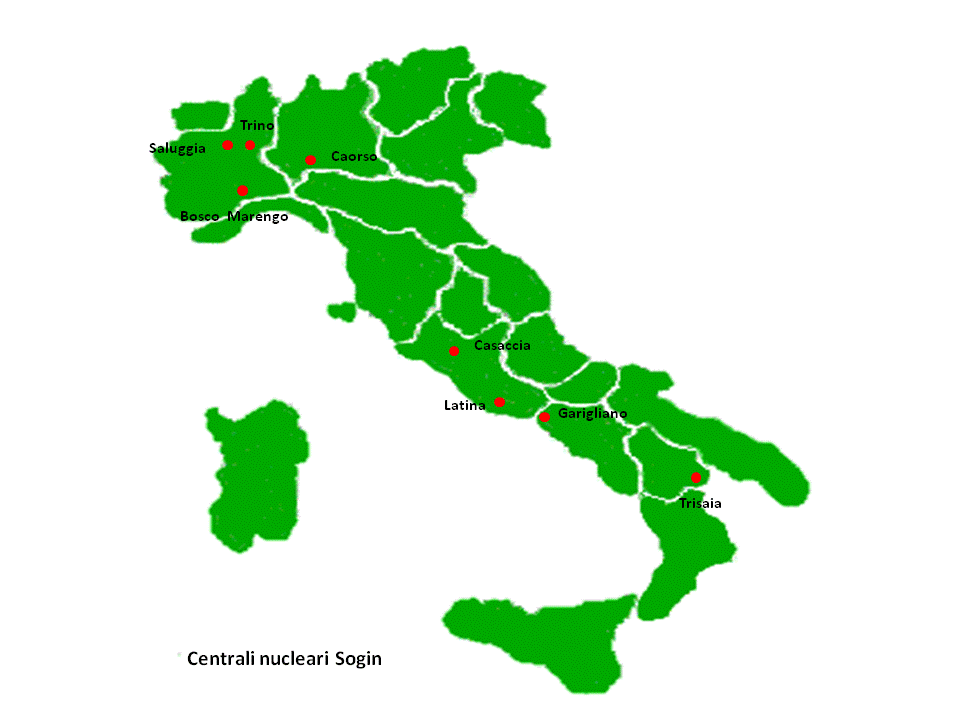 Environmental services contract – Sogin nuclear plantsSettore: Decommissioning
Environmental services contract – Sogin nuclear plantsSettore: Decommissioning -
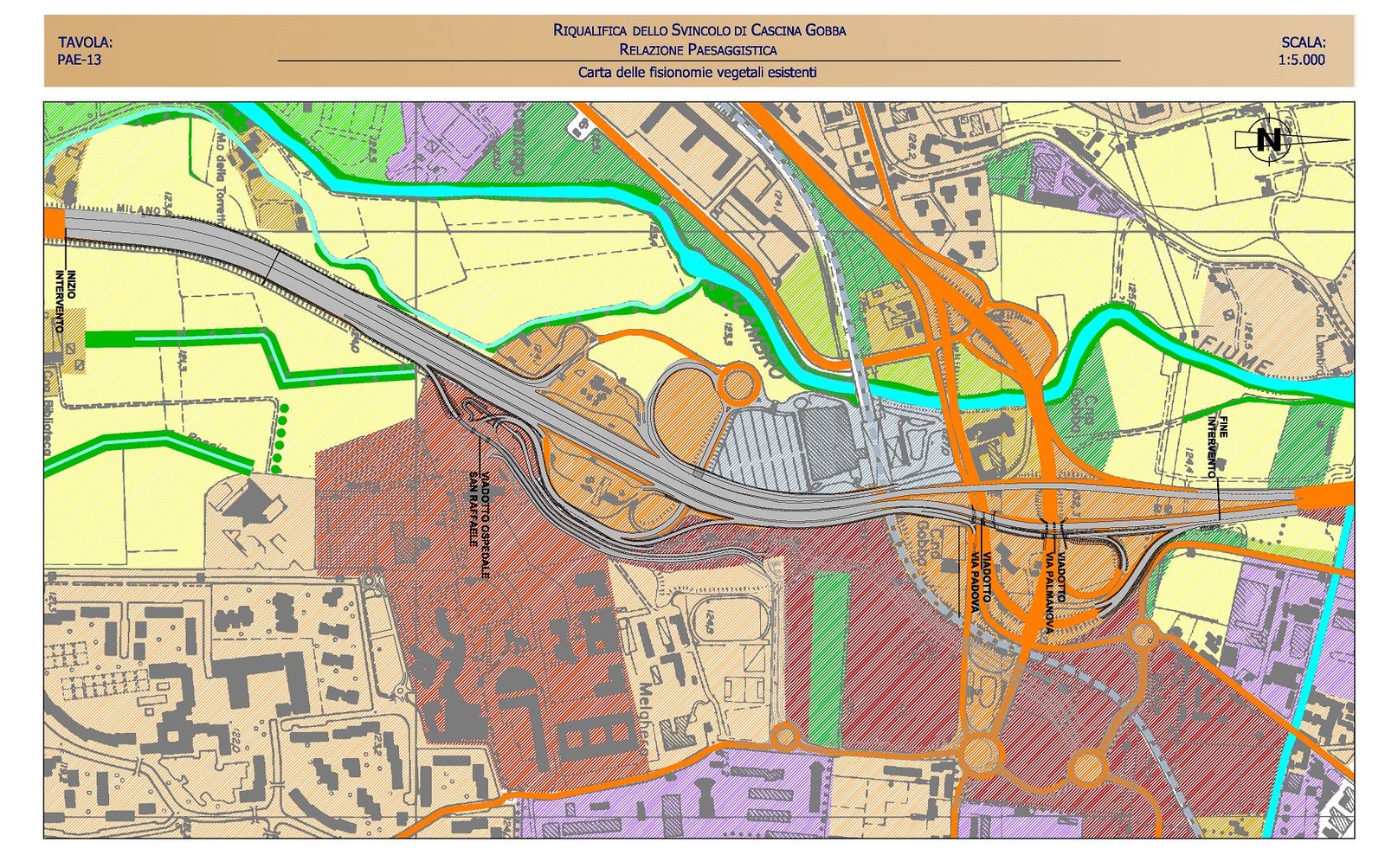 A51 Milan Eastern Ring Road – junction of Cascina GobbaSettore: Roads & Highways
A51 Milan Eastern Ring Road – junction of Cascina GobbaSettore: Roads & Highways